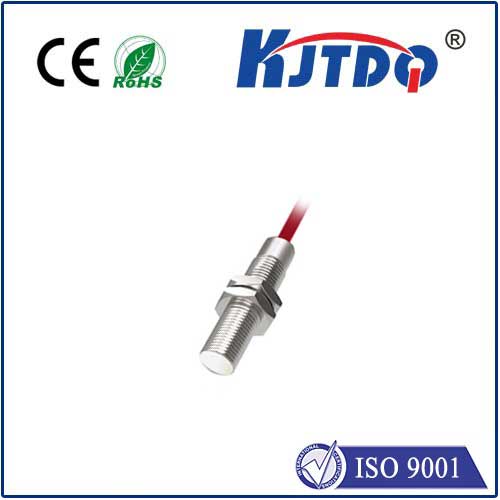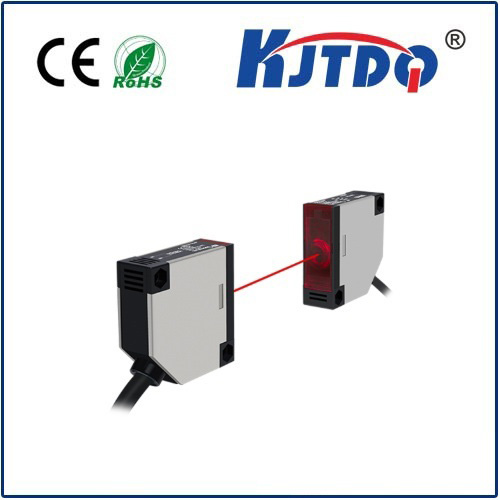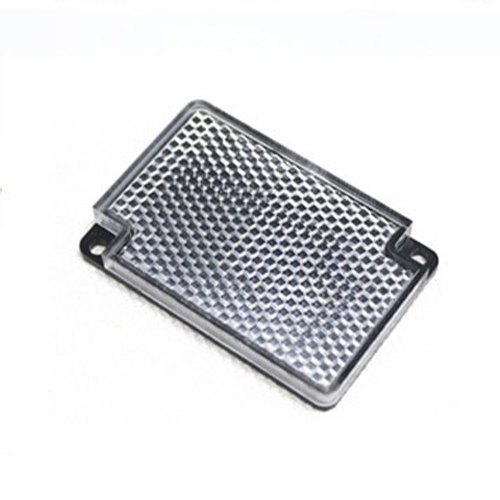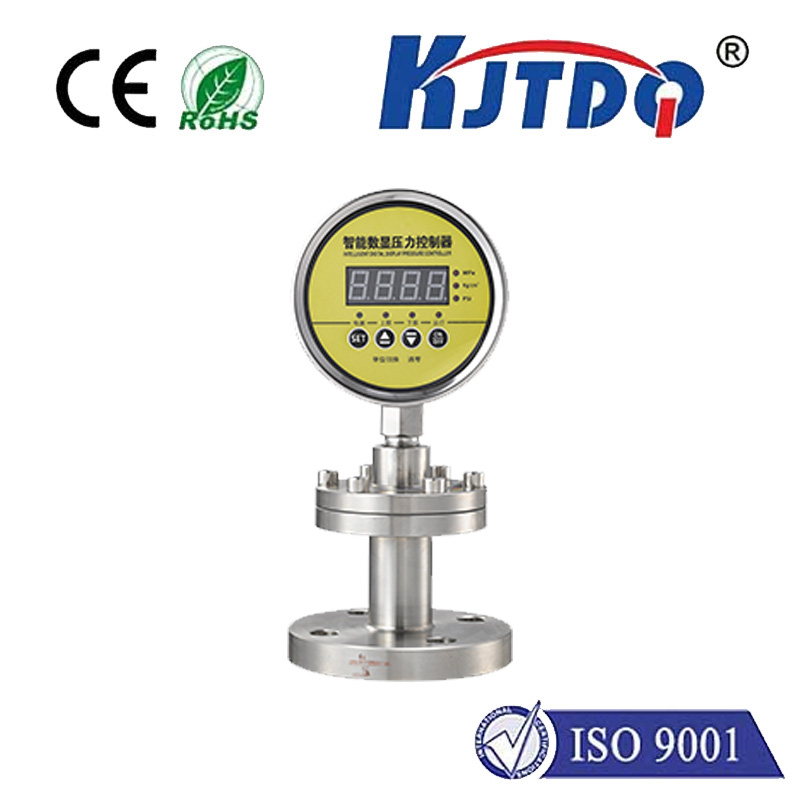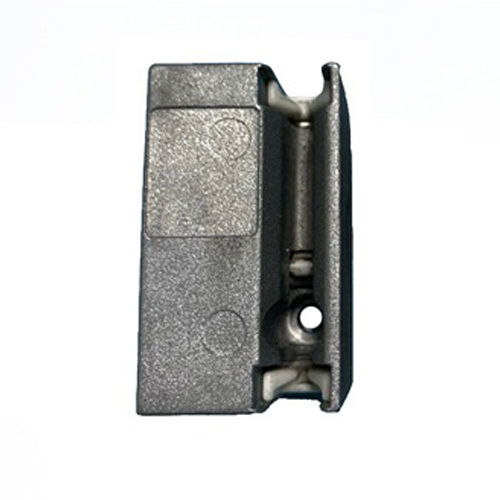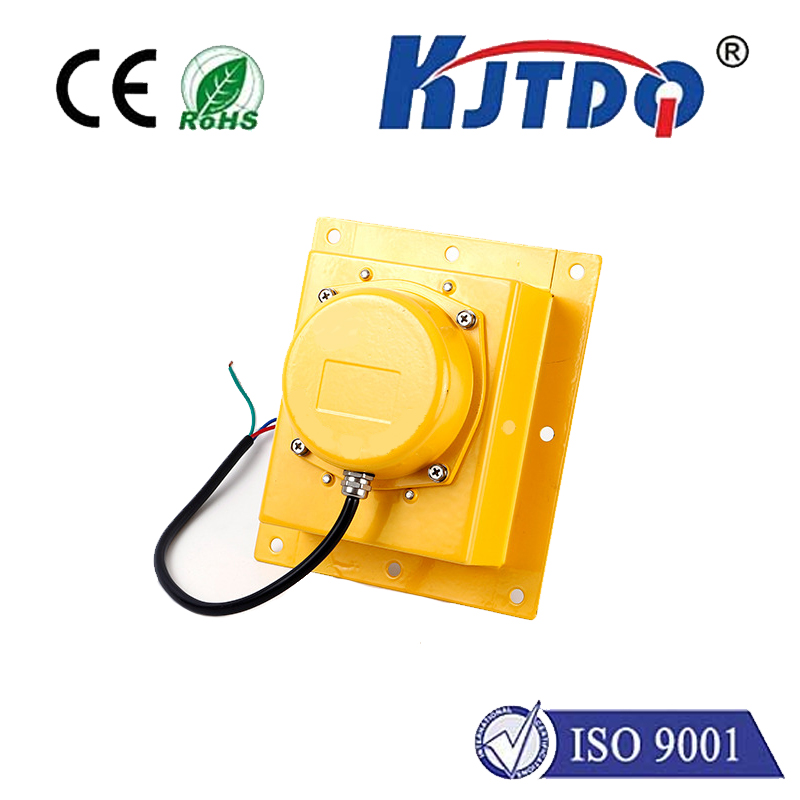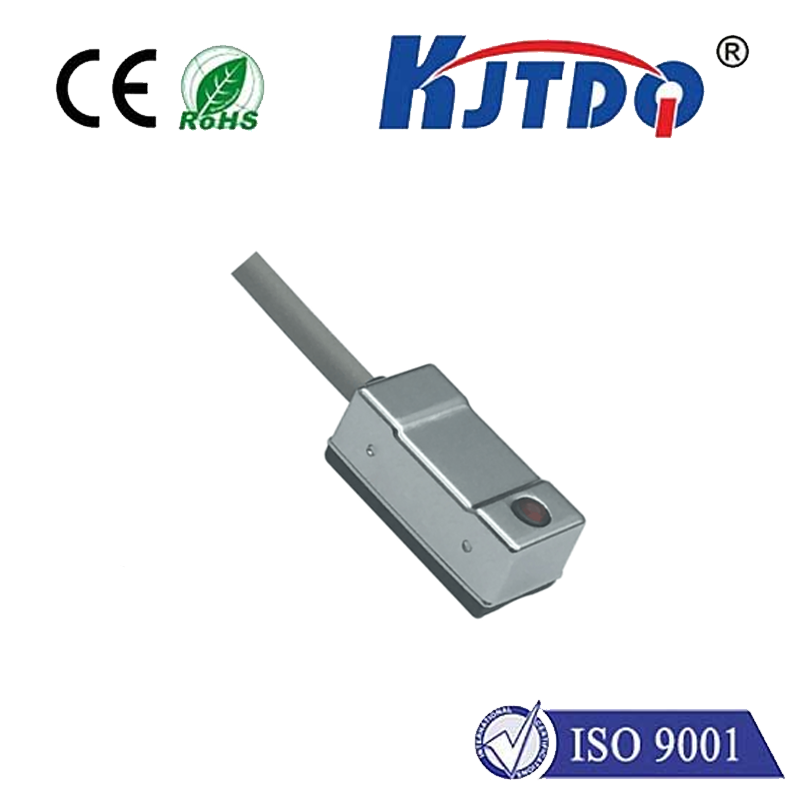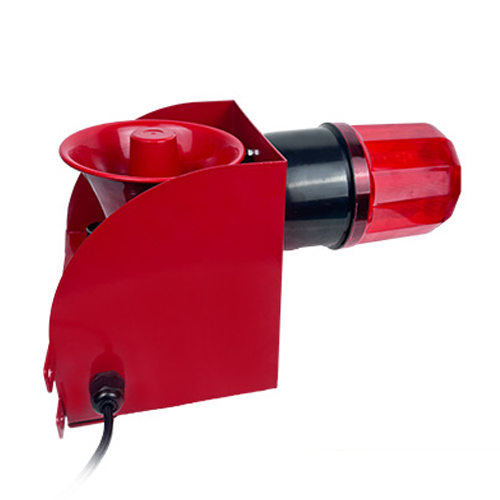Водонепроницаемый фотодатчик
- time:2025-07-25 02:17:49
- Нажмите:0
Waterproof Photoelectric Sensors: Ensuring Reliable Detection in Wet and Demanding Environments
Waterproof photoelectric sensors are more than just niche components; they are critical enablers for countless automation and control systems operating where moisture, dust, and washdowns are simply part of the daily routine. Without them, rain, humidity, splashes, or high-pressure cleaning could cripple detection capabilities, leading to downtime, errors, and significant costs. Understanding their design, capabilities, and applications is essential for robust system performance in challenging conditions.
Why Water Resistance is Non-Negotiable
Traditional photoelectric sensors excel in clean, dry environments. However, introduce water – whether it’s incidental rain, unavoidable condensation, process splashing, or aggressive industrial cleaning (like CIP - Clean-in-Place) – and standard sensors rapidly become liabilities. Water can:
- Obscure Optics: Water droplets on the lens or reflector drastically reduce signal strength or cause false readings.
- Cause Short Circuits: Water ingress into the electronic housing can damage internal components, leading to immediate failure.
- Promote Corrosion: Persistent moisture corrodes contacts, housings, and mounts, degrading performance and lifespan over time.
- Create Condensation Issues: Temperature fluctuations in humid environments cause fogging inside the sensor, similar to lens obscuration.
This vulnerability makes waterproof photoelectric sensors an absolute necessity for reliability and longevity in environments where exposure to liquids is unavoidable.
Understanding Photoelectric Sensing Basics

Before diving into waterproofing, let’s briefly recap how photoelectric sensors function. They operate using a light transmitter (usually infrared, visible red, or laser) and a receiver. Detection occurs based on the presence or absence of the transmitted light beam:
- Through-Beam: The transmitter and receiver are separate units facing each other. An object is detected when it interrupts the beam. Offers the longest sensing ranges and highest reliability.
- Retroreflective: The transmitter and receiver are in one housing, facing a reflector. An object is detected when it interrupts the beam reflected back. Simpler wiring than through-beam.
- Diffuse (Proximity Mode): The transmitter and receiver are in one housing. The sensor detects light reflected directly off the target object. Easiest to install as only one unit is needed, but more susceptible to color/reflectivity variations.
The Heart of the Matter: How Waterproofing is Achieved
Creating a truly Водонепроницаемый фотодатчик involves meticulous design and material selection, focused on sealing critical points:
- Housing Seals: High-quality elastomeric gaskets (like silicone or fluorosilicone) form tight seals between the housing halves and at cable entry points.
- Cable Glands/Grommets: Specialized, often compression-based, seals prevent water from traveling along the cable jacket into the housing.
- Lens Sealing: The optical window (lens) is either permanently bonded to the housing using specialized optical adhesives or sealed with an internal gasket behind a robust lens cap. This is crucial to prevent water film formation that scatters light.
- Material Choices: Housings are typically robust engineering plastics (like PBT, PVDF) or corrosion-resistant metals (stainless steel). These resist water exposure and cleaning chemicals. Internal potting compounds may also be used.
- Venting (Where Applicable): Some designs incorporate breathable waterproof membranes that equalize pressure inside and out (preventing condensation build-up) while blocking liquid water ingress.
Decoding the IP Rating: Your Key to Waterproof Performance
The degree of protection offered by a Водонепроницаемый фотодатчик is objectively defined by its Ingress Protection (IP) Rating (per IEC 60529). This two-digit code is critical for selection:
- First Digit (Solid Particle Protection): Ranges from 0 (no protection) to 6 (dust-tight).
- Second Digit (Liquid Protection): Ranges from 0 (no protection) to 9K (protection against high-pressure, high-temperature water jets).
- IP67: Highly common and robust. Offers total dust ingress protection and protection against temporary immersion (typically up to 1m depth for 30 minutes). Ideal for most washdown, rain, and splashing environments. The workhorse rating for general waterproof sensor needs.
- IP68: Offers protection against continuous immersion under conditions specified by the manufacturer (e.g., deeper than 1m, longer duration). Used for permanent submersion applications.
- IP69K: Designed for the most extreme environments. Offers dust-tightness and protection against high-pressure, high-temperature water jets from close range. Crucial for applications requiring direct, aggressive cleaning with steam or hot water jets, common in food & beverage, pharmaceutical, and heavy machinery sectors. The highest standard for harsh washdown resistance.
Critical Applications Demanding Waterproof Sensors
The need for waterproof photoelectric sensors spans a vast array of industries:
- Food & Beverage Processing: Exposed to frequent washdowns using high-pressure hoses, steam, and caustic chemicals. Used on filling lines, packaging machines, conveyors, bottling plants. IP69K is often mandatory here.
- Pharmaceutical & Chemical Manufacturing: Requires sterile conditions and frequent cleaning. Sensors detect vials, caps, packaging, or liquid levels under stringent hygienic standards.
- Automotive Manufacturing & Car Washes: Subjected to coolant mist, oil splashes, and in car washes, direct exposure to high-pressure water and detergents. Used for part presence, positioning, and sequencing.
- Wastewater Treatment & Water Management: Inherently wet environments with high humidity, splashes, and potential submersion. Used for level detection, flow monitoring, and equipment control.
- Outdoor Machinery & Agriculture: Exposed to rain, snow, dust, and UV radiation. Used for position sensing on cranes, agricultural equipment (planters, harvesters), and automated gates.
- Material Handling & Logistics (Wet/Dirty Environments): Conveyors in recycling plants, ports, or mines where dust and moisture are prevalent.
Selecting the Right Waterproof Photoelectric Sensor: Key Considerations
Choosing the optimal Водонепроницаемый фотодатчик involves more than just the IP rating:
- Environment Severity: Match the IP rating to the actual water/dust exposure (МП67 for splashes/washdown, IP68 for submersion, IP69K for aggressive high-temp washdown).
- Chemical Exposure: Ensure housing materials and seals are compatible with cleaning agents or process chemicals present (e.g., stainless steel vs. specialized plastics).
- Temperature Range: Consider ambient temperatures and potential thermal shock from cleaning cycles.
- Sensing Range & Mode: Choose the sensing mode (through-beam, retroreflective, diffuse) and range required for the application. Waterproofing can slightly impact diffuse sensing performance due to lens design.
- Mounting & Connection: Ensure the physical size, mounting style (bracket, barrel, etc.), and connection type (cable, connector) suit the installation point and ease of maintenance.
- Output Type & Function: Standard options include NPN/PNP transistors, analog, IO-Link, or relay outputs. Select based on PLC/controller compatibility.
- Housing Material: Plastic housings (PBT, PVDF) are common and cost-effective for many chemicals. Stainless steel (V4A/AISI 316L) offers superior corrosion resistance for extremely harsh conditions.


